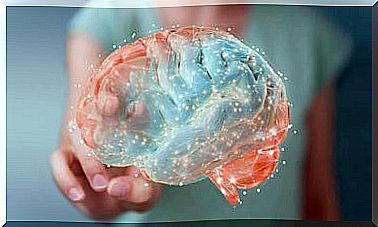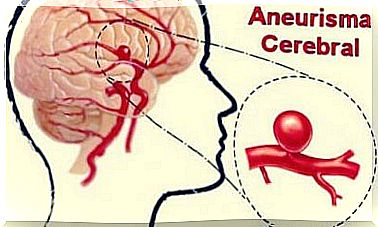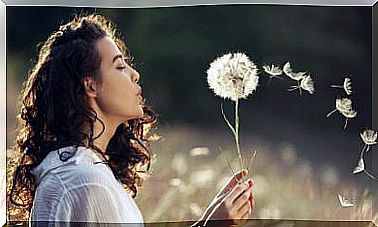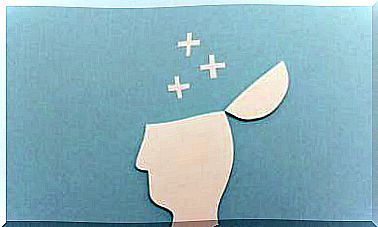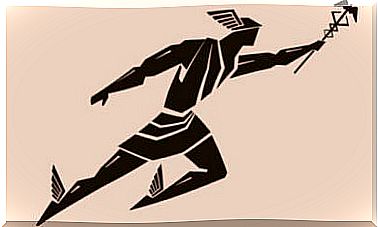5 Findings From Neuroscience That Support Montessori Pedagogy

“The first task of education is to shake life, but leaving it free to develop” , affirmed María Montessori more than a century ago. Today, the educational triangle on which its pedagogy and its fundamental principles are based are being evidenced by neuroscience.
What’s more, Steve Hughes, a Montessori neuropsychologist, pediatrician and parent, has the firm conviction after years of experimentation that the Montessori Method enhances certain brain functions that help expand cognitive development. He has even given the last names to the “original brain-based learning system” method .
Neurological development is enhanced by learning through the Montessori methodology. This claim can be supported not only by hundreds of successful developmental cases since its founding, but by the various discoveries that current neuroscience has made. Let’s see 5 of them:

1.The hands are the instrument of the brain
“With the hands the human being conceives his environment. They are the executing tools of intelligence. Hands are creative, they can produce things. The sensory organs and the coordination capacity are developed through manual activities ” , affirmed María Montessori.
Today we know that the resources that the brain uses to process the sensory stimuli that it perceives through the hands are significantly superior to other parts of the body. Thus, we could say that experiencing the world through our hands is the equivalent of entering the main door of our brain and, therefore, they must play a main role in learning.
In the image we can see what is called “motor homunculus and sensory homunculus”. This term is used to describe a distorted human figure drawn to reflect the relative sensory space that our body parts represent in the cerebral cortex. In both homunculi we see how the hands are significantly larger than other areas.
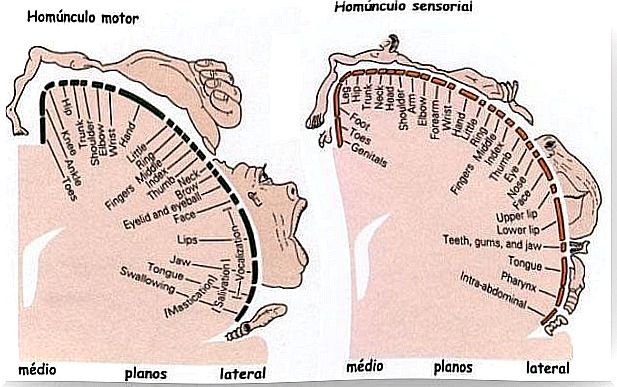
2.Natural experimentation enhances the capacities and competences of the child
” Education is a natural process carried out by the child and it is not acquired by listening to words, but through the experiences of the child in their environment “, affirmed María Montessori.
Encouraging free and natural experimentation means encouraging children and babies to move and communicate with their environment. The little ones who learn through Montessori pedagogy spend more time on the move than in traditional schools; that is, an active relationship with the environment is required, which promotes a greater mastery of motor, sensory, emotional and cognitive skills.
Thus, the benefit of promoting an active attitude in relation to the environment makes babies and children more competent when it comes to recognizing the intentions of others. This discovery is supported by different research on the benefits of playing with velcro mittens to provoke an intentional action. Ultimately, encouraging children to do something helps them learn faster than mere observation, as asserted in the 1981 text by Kandel et al.
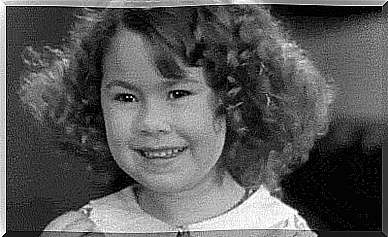
3 Executive functions and Montessori
Executive functions are those cognitive abilities that allow us to manipulate ideas mentally. These mental capacities promote the conscious, active, voluntary and effective resolution of problems that arise in everyday life.
The term “executive functions” classifies these abilities into three categories: inhibition, working memory, and cognitive flexibility. If these functions are not well developed, disorders such as ADHD or other learning difficulties can even be misdiagnosed.
From the Montessori pedagogy, developed at a time when this was not known, it helps to develop these functions with different activities such as waiting, searching for material, going through a maze made up of colleagues doing other activities, etc. Research shows that children who have attended Montessori pre-school centers show better performance in this family of cerebro-spinal mental processes.

4 sensitive periods or windows of opportunity in childhood
María Montessori observed that in childhood there were sensitive periods for learning. In these evolutionary moments there is a great neuro-emotional potential and, therefore, education is essential. Specifically, it is essential that in the period from 0 to 11 years children explore their world in the most autonomous way possible.
Thus, globally we can speak of the creation of Montessori microcosm or microworlds. This is the creation of a purely childlike environment: furniture the size of children, toys that promote exploration and cognitive flexibility, etc.
Unknown author
5.Mirror neurons as the basis of learning
That children see and experience the world is the basis of the concern that the Montessori methodology instills among the little ones. Mirror neurons, which are found in the frontal lobe, help absorb information from the environment through the senses. This was discovered by María Montessori through observation and later corroborated by the discovery of these neurons specialized in imitation.
As we can see, since it guarantees the creation of a universe based on affection and respect for the individual rhythms of each child and environment.
